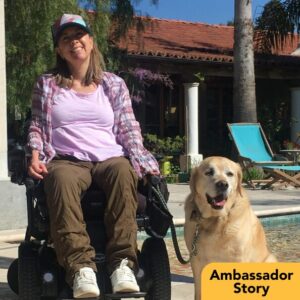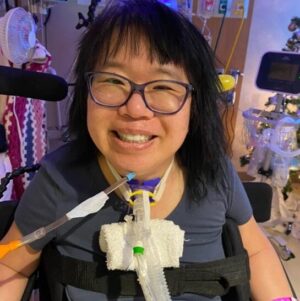We spoke to Alanna Flax-Clark, a paraequestrian who competes in equestrian vaulting and shows in paradressage events. In 2008, Alanna contracted an infection that rapidly destroyed her ability to walk. For Alanna, hippotherapy was an introduction to the immersive world of adaptive athletics..
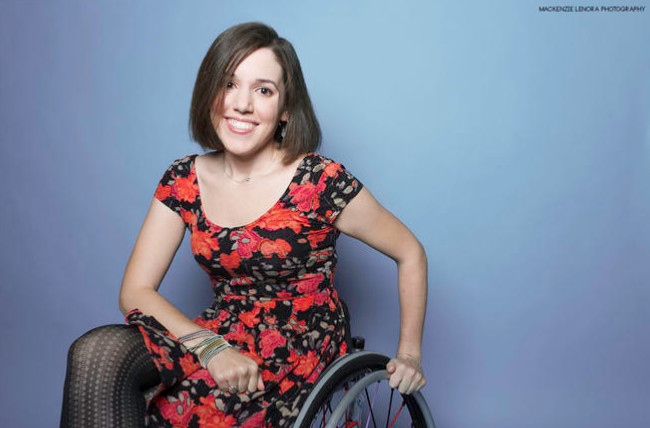
Alanna Flax-Clark is a paraequestrian competitor.
“Sports like equestrian vaulting and dressage have played a big role for me in gaining strength, coordination and mobility,” Alanna said. “It’s important that no matter how you get around, whether you walk or roll, you feel confident and secure in your body. I’ve learned to feel stronger and happier through my participation in sports.”
About Equine Therapy
According to the American Hippotherapy Association, hippotherapy is a way for patients to “engage…neuro, sensory and movement systems.” As the AHA notes, “a horse’s rhythmic, repetitive movements work to improve muscle tone, balance, posture, coordination, strength, flexibility and cognitive skills,” and encourage patient responses that simulate the techniques used for walking.

Hippotherapy can improve strength, flexibility and even cognitive skills.
According to Ride On equine therapy center, “the horse, in some respects, ‘lends’ his nervous system to the patient so that the patient may experience organized movement.”
While adaptive riding tends to be recreational, hippotherapy is considered medical rehabilitation and is always supervised by a physician or professional. Hippotherapy has been used to rehabilitate patients with cerebral palsy, autism, multiple sclerosis, traumatic brain injuries, spina bifida, muscular dystrophy and multiple other conditions.
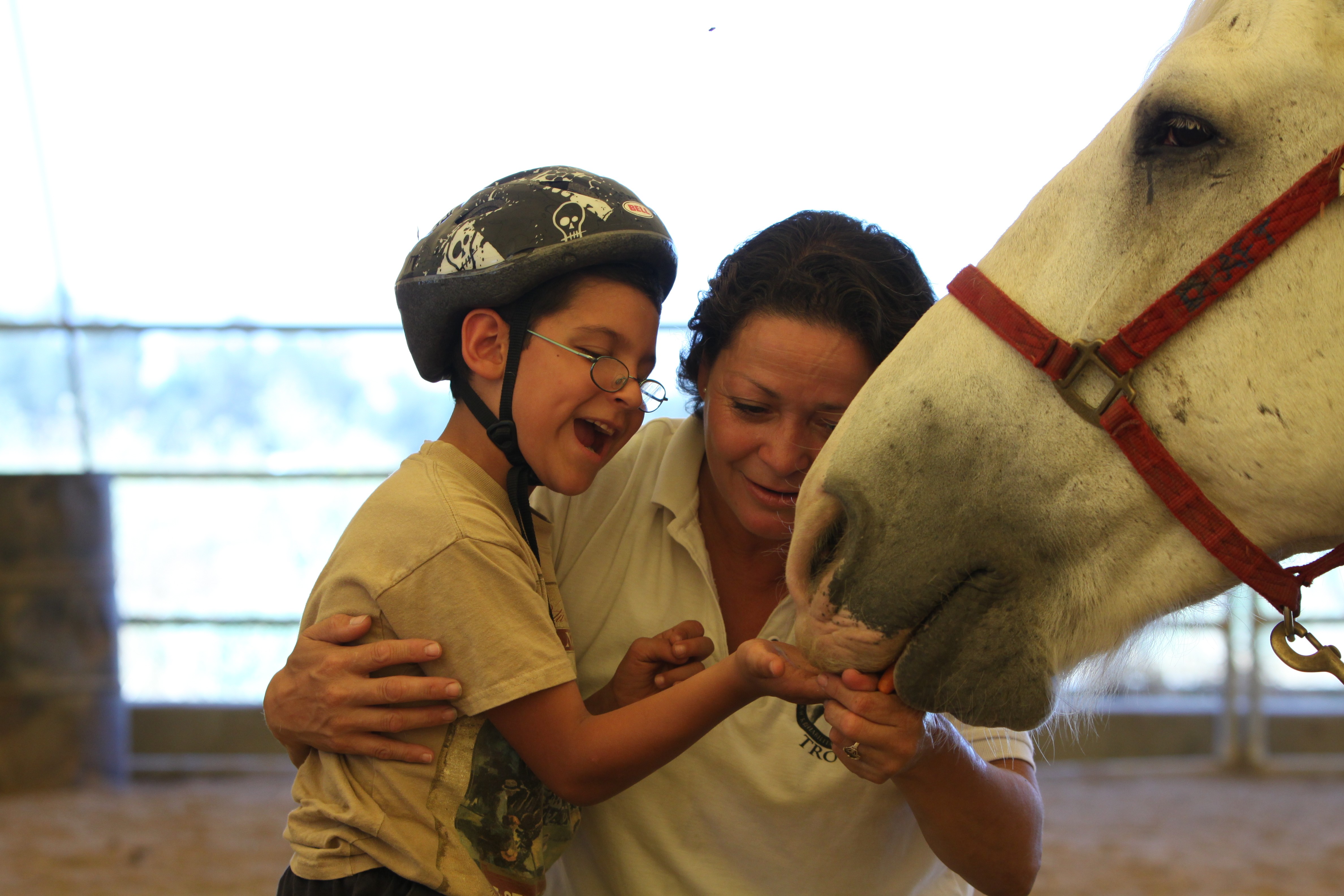
Hippotherapy is always supervised by a professional.
New Challenges: Equine Athletics
Alanna began pursuing hippotherapy “with no expectations.” Today, she spends the majority of each week riding or training her horses for equine events.

Alanna spends the majority of each week involved in equine activities.
While initially she worked with horses for physical therapy benefits, Alanna soon realized that she wanted more of a challenge. “After going through rehab and not seeing any progress, I began to get frustrated,” she said. “I wanted to get stronger, regain more mobility [and] coordination, and just be able to go outside in the fresh air and have fun.”
Over time, Alanna graduated from hippotherapy to adaptive riding lessons. At a riding show, Alanna competed in three classes and took home two first place ribbons and one second place ribbon. On a fateful day in 2013, Alanna saw an equestrian vaulting group perform at her riding facility. “When I saw what they were doing, I knew immediately that I had to get involved!” said Alanna.
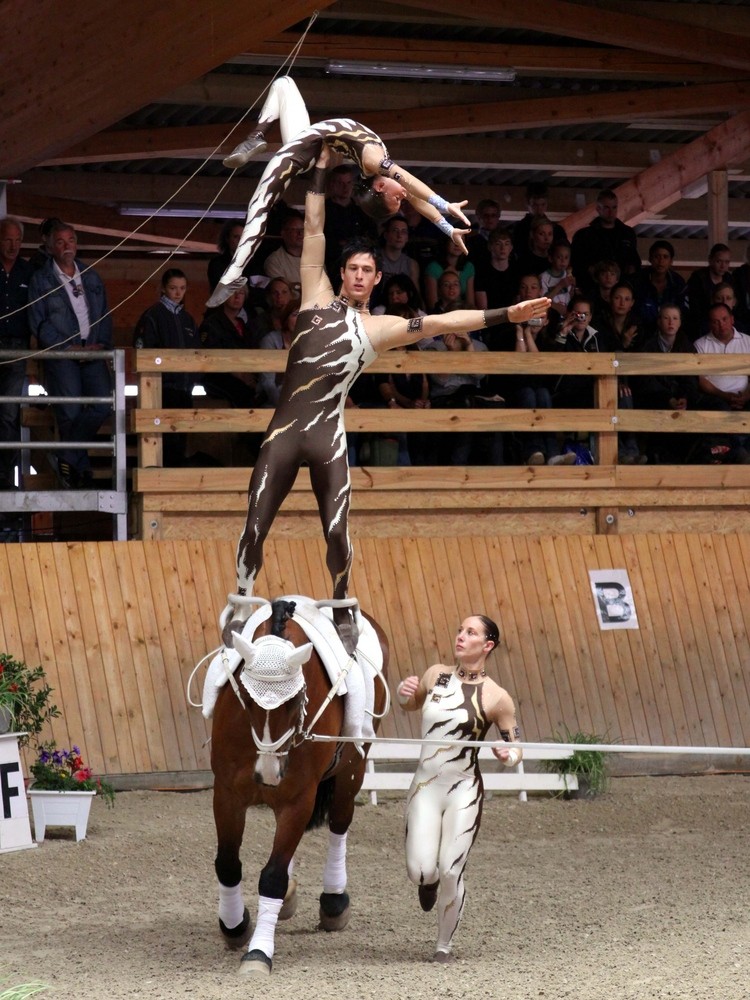
Equestrian vaulting is an impressive and challenging activity.
Equestrian vaulting is essentially gymnastics on horseback. To most, Alanna’s ambition as a wheelchair-bound rider seemed lofty and even ludicrous. But with tenacity, Alanna was able to begin competing on horseback at a walking pace within a year.

Alanna kept practicing until she was able to compete at a walking pace.
The Benefits of Adaptive Athletics
Alanna identified some profound physical and emotional benefits of paraequestrian participation. “I didn’t grow up around horses and did not expect to fall in love with them as much as I did,” she said. “They really have transformed my life. Most people in wheelchairs participate in sports with other people who have similar disabilities. However, when I’m out of my chair on my horse, I’m on more of an even playing field with everyone else. You can’t even tell that I have a disability.”
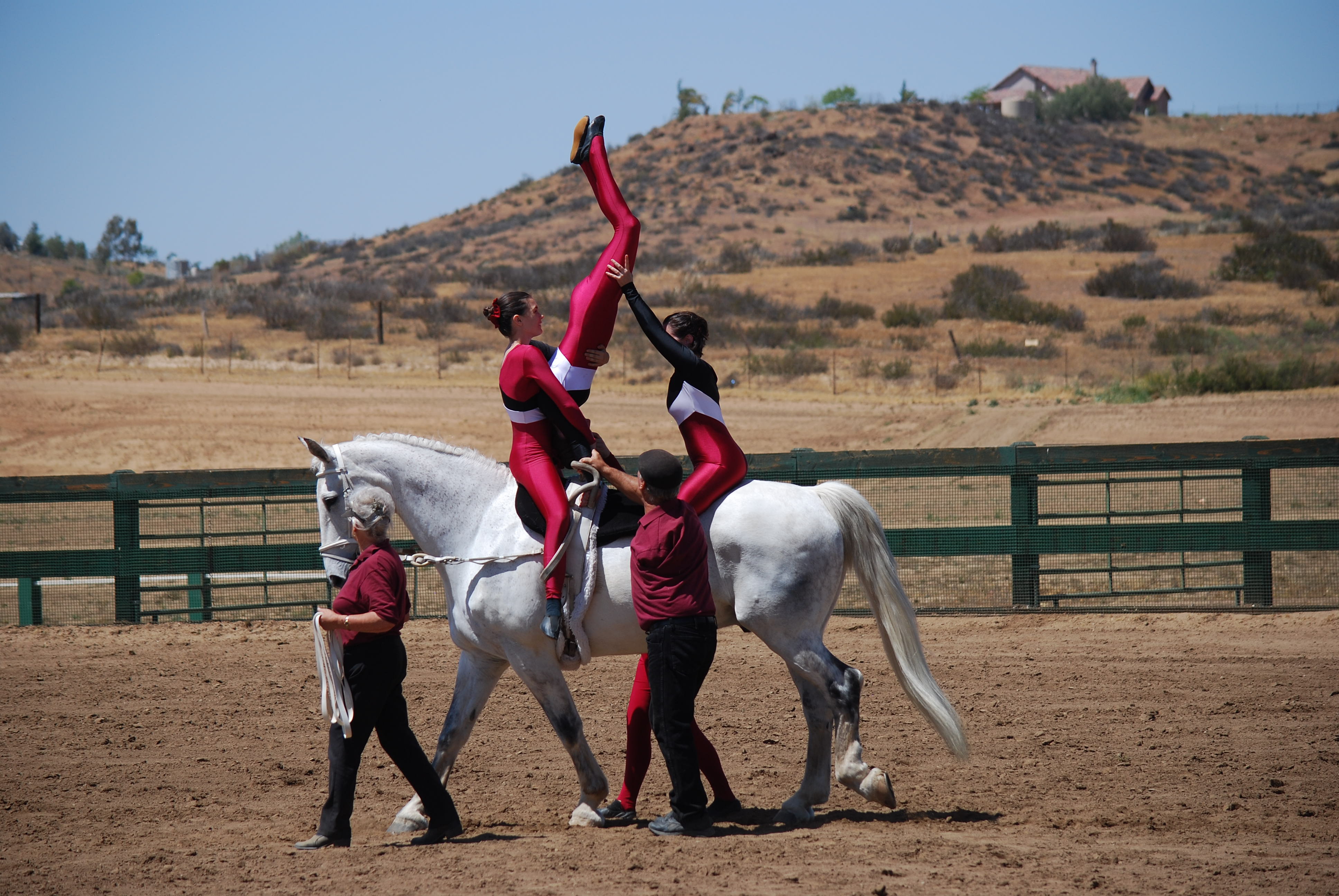
“When I’m out of my chair on my horse…you can’t even tell that I have a disability.”
Equine athletics is supportive and collaborative, Alanna confirmed. “At practice my teammates ask for feedback on their routines and form; they don’t even see my disability,” she said. “They want me to jump right in and help. It’s an environment full of respect and encouragement.”

Equine athletics is supportive and collaborative.
She hopes her tenacity will allow other individuals with disabilities to discover equestrian sports for themselves. “I’m the only [athlete] in a chair that competes at vaulting competitions, to my knowledge,” she said. “It’s a more difficult matter for people with disabilities to participate…at the competitive level – even though it shouldn’t be! Horses aren’t the first thing that people turn to when faced with an illness or disability. I hope that starts to change. Vaulting is truly an accessible sport for everyone, no matter your age or ability. When one person starts doing it, it opens up doors to others.”
Getting Started
Alanna urged fellow athletes to overcome their initial trepidation. “Many people think that getting on a horse is impossible depending on their disability, but if there’s a will, there’s a way!” she said.

“Horses are naturally empathetic animals.”
“Horses are naturally empathetic animals and can help people overcome their personal challenges. I never would have thought that I’d learn to post at the trot, be able to sit independently at the canter, and even do a shoulder stand or maneuver off my horse into my wheelchair!” Alanna said. I’ve made a huge amount of progress…I’m still continuing to make big strides and learn new things each day.”
Learn more about hippotherapy and paraequestrian athletics before you participate, and always discuss your plans with your support team. You can track Alanna’s progress in paraequestrian vaulting and dressage on her website.

